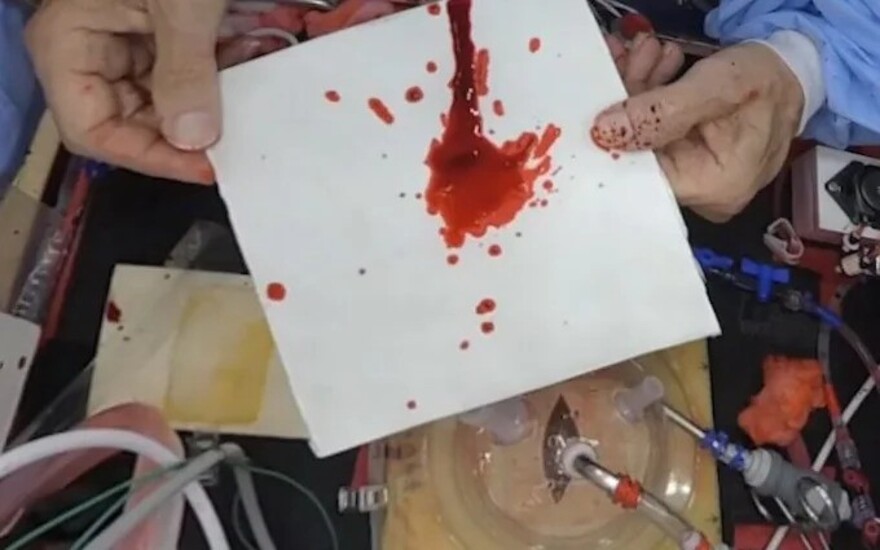Scientists have investigated the question of what space forensics can be. How will blood samples and fingerprints in zero gravity and low-gravity bodies differ from those with which forensic experts on Earth are used to working?

Forensics on the Moon
NASA promises that in ten years, humanity will have a base on the surface of the Moon and a space station that will orbit around it. In addition, people’s participation in various off-Earth programs will increase due to the active participation of private companies. Recently, researchers have looked at the consequences of all this from a completely unusual side.
In an article published in Forensic Science International: Reports, it is about a completely new branch of human knowledge: astro-criminology. Although no one has died directly in space, researchers have suggested that sooner or later this will happen, and under rather uncertain circumstances.
And then it will be necessary to conduct a forensic medical examination to identify all the circumstances. And for the world of criminology, space is an absolutely new field of activity. How the blood will behave there and how easy it will be to take it for analysis is still not clear.
The situation with the analysis of blood stains in zero gravity seems especially difficult, because this process involves the use of hydrodynamics, physics, and mathematics to understand the flight and origin of blood and the interpretation of how it settled on the surface.
Experiment with blood in zero gravity
In fact, the situation is even more complicated than described above. After all, astronauts will be in space not only in zero gravity, but also in low gravity, for example on the Moon. How the characteristics of blood droplets will change in this case is even more incomprehensible compared to complete weightlessness.
However, the researchers decided to start with a simple one, namely, an experiment in zero gravity. They did not fly into space, but they had an airplane at their disposal that moved along a parabolic trajectory. Gravity is fully compensated in the fall area inside.
However, scientists decided not to arrange real wounds that would cause bleeding in such conditions, because they are too dangerous. Instead, a syringe filled with a synthetic blood analog was used. At the moment of falling, its droplets were squeezed onto white paper and formed spots.
Scientists tried to analyze them using standard forensic protocols, knowing in advance which answer is correct. It turns out that the absence of gravity does affect the behavior of blood droplets. They fly in a straight line where they should be moving along a different trajectory and this must be taken into account. The researchers say that this is only the beginning of experiments, the result of which should be a new science of space forensics.
According to phys.org
Follow us on Twitter to get the most interesting space news in time
https://twitter.comne/ust_magazine


